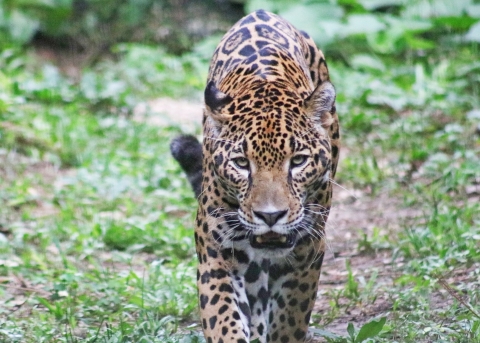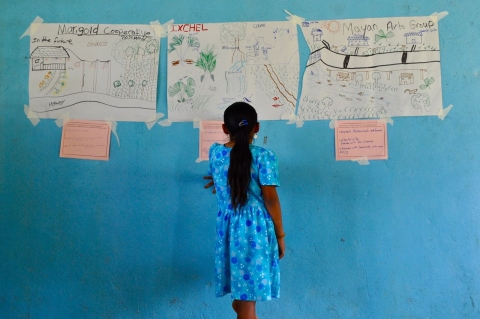What We Do
Working closely with national governments, U.S. agencies, civil society organizations, and a range of other partners, we ensure a results-based approach to wildlife conservation across Latin America.
Management and Conservation
Latin America is the most biologically diverse region of the world and is critically important for wildlife conservation efforts in the Western Hemisphere and globally. It holds half of the world’s tropical forests, 40 percent of the planet’s available freshwater, and nearly half of all species known to science, making it Earth’s richest genetic reservoir and a critical carbon sink for mitigating climate change climate change
Climate change includes both global warming driven by human-induced emissions of greenhouse gases and the resulting large-scale shifts in weather patterns. Though there have been previous periods of climatic change, since the mid-20th century humans have had an unprecedented impact on Earth's climate system and caused change on a global scale.
Learn more about climate change . The U.S. and Latin America also share many species that depend on the region’s unique ecosystems for their survival. Protecting wildlife and habitats in the Western Hemisphere is critical for regional stability, security, and economic prosperity.
Our current priorities in Latin America include reducing threats to key wildlife populations from wildlife trafficking, unsustainable resource use, and human–wildlife conflict.
The Latin America Regional program maintains a strong focus on working with local communities to support rural stability, greater security, and good health for both people and wildlife. For instance, efforts that create local support for conserving wildlife by strengthening or creating incentives for communities to be stewards of their biodiversity (e.g., conservation incentive agreements, alternative sustainable livelihood activities, land use stewardship plans, etc.). We also support efforts that decrease the costs of living with wildlife. This includes working with landowners to reduce human-wildlife conflicts that cause damage to human lives and livelihoods and can lead to poaching and/or wildlife trafficking.

